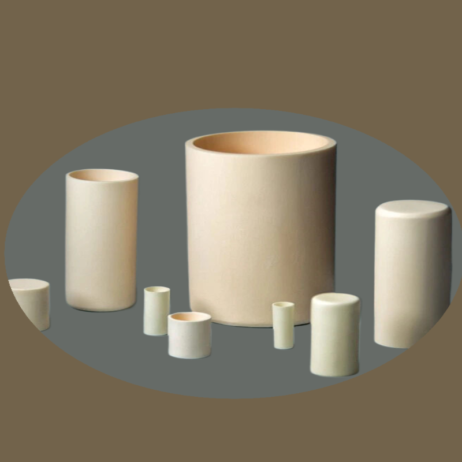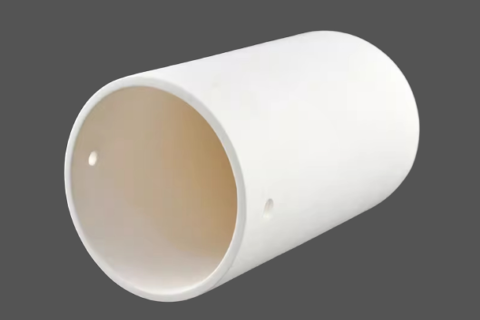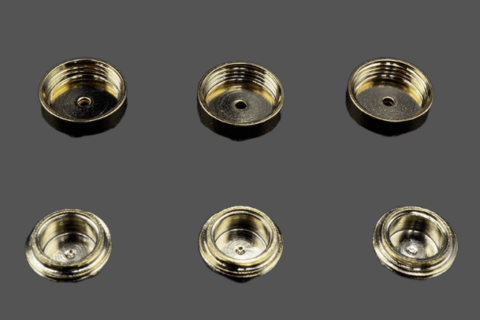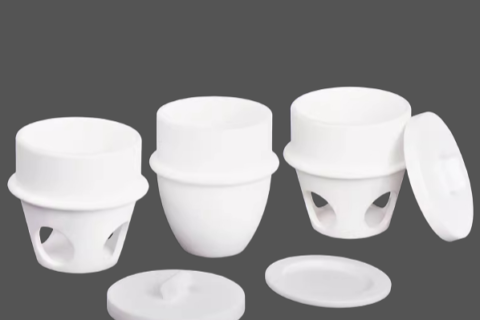What should I do with the different crucibles in the laboratory?


How to Choose and Use Different Crucibles in Your Laboratory
Crucibles are essential vessels in laboratories, designed to withstand high temperatures and made from refractory materials like clay, quartz, and certain metals. They are mainly used for the evaporation, concentration, or crystallization of solutions, as well as for heating solid substances. But with so many types of crucibles available, how do you know which one to choose and how to use it properly? Let’s break it down.
When Should You Use a Crucible?
When heating solids with a high-temperature flame, crucibles are a must. They are generally used with lids positioned at an angle to prevent heated materials from escaping, while still allowing air circulation for oxidation reactions. Due to their small bases, crucibles are usually placed on clay triangles when exposed to direct heat, either upright or at an angle, depending on the experiment.
It’s crucial to remember that after heating, crucibles should not be placed on cold metal surfaces or wooden tables, as rapid cooling may cause breakage, and wooden surfaces may burn. Instead, allow the crucible to cool naturally on an iron tripod or asbestos net. Always use crucible tongs when handling hot crucibles.
Main Uses of Crucibles
- Evaporation, concentration, or crystallization of solutions
- Burning solid substances
Key Precautions
- Crucibles can be directly heated, but avoid rapid cooling after heating.
- Always use crucible tongs for handling hot crucibles.
- Crucibles should be heated on iron tripods and not placed on cold surfaces.
Types of Crucibles and Their Uses
1. Platinum Crucible
A valuable option due to its high melting point (1774°C) and resistance to most chemicals, platinum crucibles are often used for high-temperature applications. However, they are vulnerable to corrosion from hydrofluoric acid and molten alkali metals. Be mindful that platinum can volatilize slightly at high temperatures over time.
2. Gold Crucible
With a melting point of 1063°C, gold crucibles are less expensive than platinum and resistant to alkali metal hydroxides and hydrofluoric acid. However, they are unsuitable for high-temperature use (above 700°C) and can be damaged by substances like aqua regia.
3. Silver Crucible
Silver crucibles have a melting point of 960°C and offer resistance to alkalis but should be used below 750°C. They are not ideal for use with sulfur-containing materials due to their reaction with sulfur, which forms silver sulfide.
4. Nickel Crucible
Nickel crucibles are primarily used for alkaline melts and have a melting point of 1450°C. They are less resistant to acids and certain metal salts, which can cause brittleness. Before use, new nickel crucibles should be heat-treated to prolong their lifespan.
5. Iron Crucible
Iron crucibles are similar to nickel crucibles but are more affordable. They are well-suited for sodium peroxide melts and require passivation treatment before use to prevent corrosion.
6. Polytetrafluoroethylene (PTFE) Crucible
PTFE crucibles are resistant to most acids and alkalis and can withstand temperatures up to 250°C. They are excellent for handling hydrofluoric acid, but care should be taken not to exceed 415°C, as they release toxic gases at higher temperatures.
7. Porcelain Crucible
Porcelain crucibles, made from glazed pottery, can withstand temperatures up to 1200°C. However, they are not resistant to alkali melts and are sensitive to rapid temperature changes.
8. Corundum Crucible
Made from pure alumina, corundum crucibles can handle temperatures up to 2045°C. They are resistant to acidic and basic melts but should not be used for long periods at extremely high temperatures.
9. Quartz Crucible
Quartz crucibles have a melting point of 1410°C and are highly resistant to acids. However, they are vulnerable to hydrofluoric acid and strong alkalis.
Crucibles in Analytical Chemistry
In quantitative analysis, crucibles are used to heat analytes to high temperatures, ensuring complete reactions. To minimize errors, always dry and weigh crucibles before use. When using crucibles with filter paper, ensure that the paper is ashless and won’t interfere with results after high-temperature treatment.
Looking for High-Quality, Affordable Crucibles?
At CeramXpert, we specialize in providing high-quality alternative crucibles compatible with leading brands like Mettler Toledo, Netzsch, PerkinElmer, and more. Our durable crucibles offer excellent performance at competitive prices, making them an ideal choice for your laboratory needs. Whether you’re working with platinum, nickel, or any other type of crucible, our products ensure optimal results.




